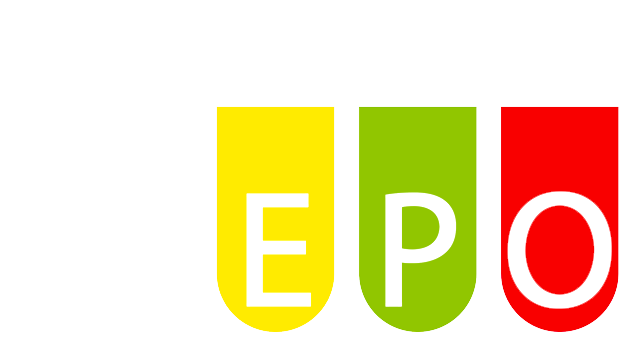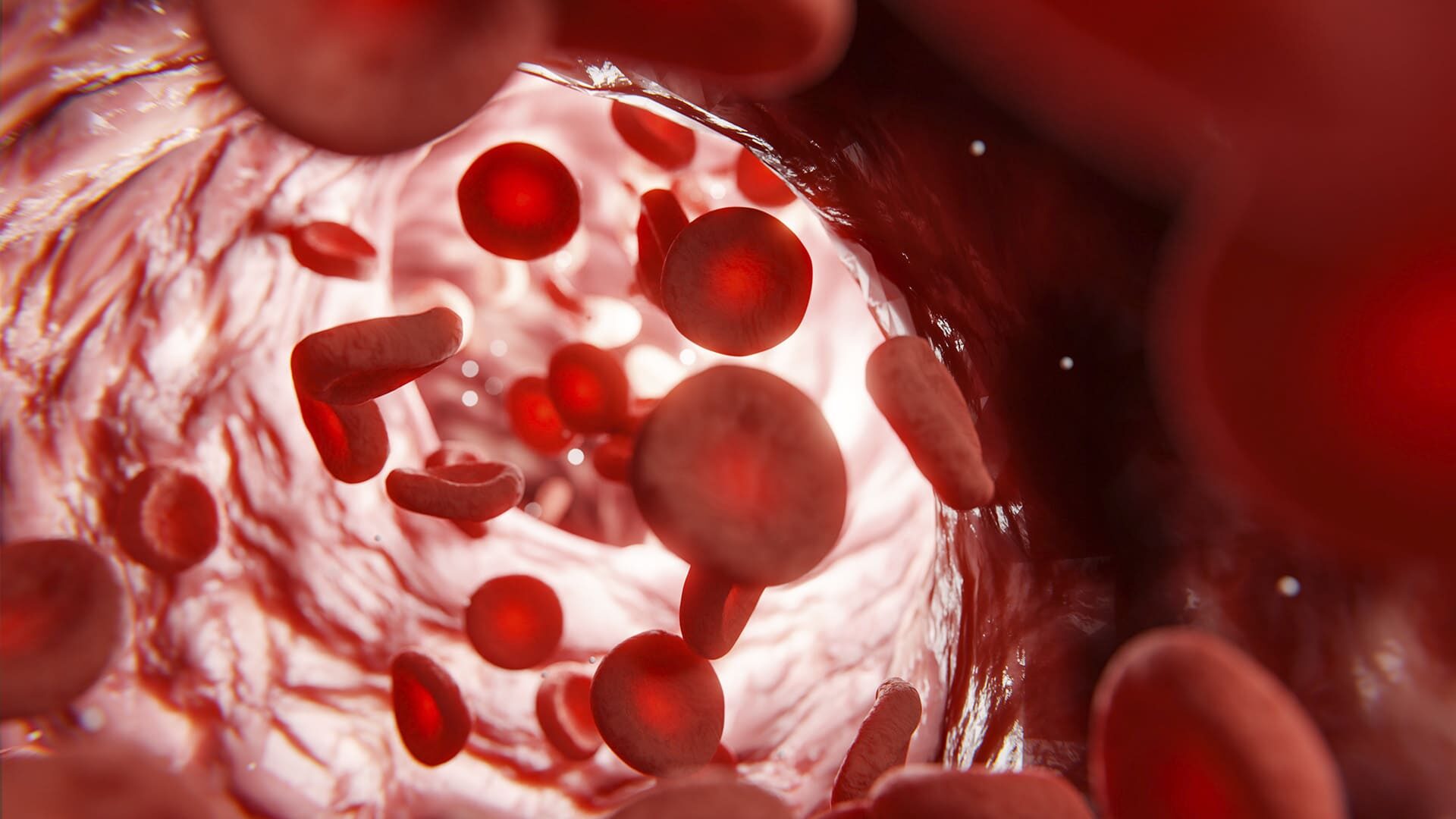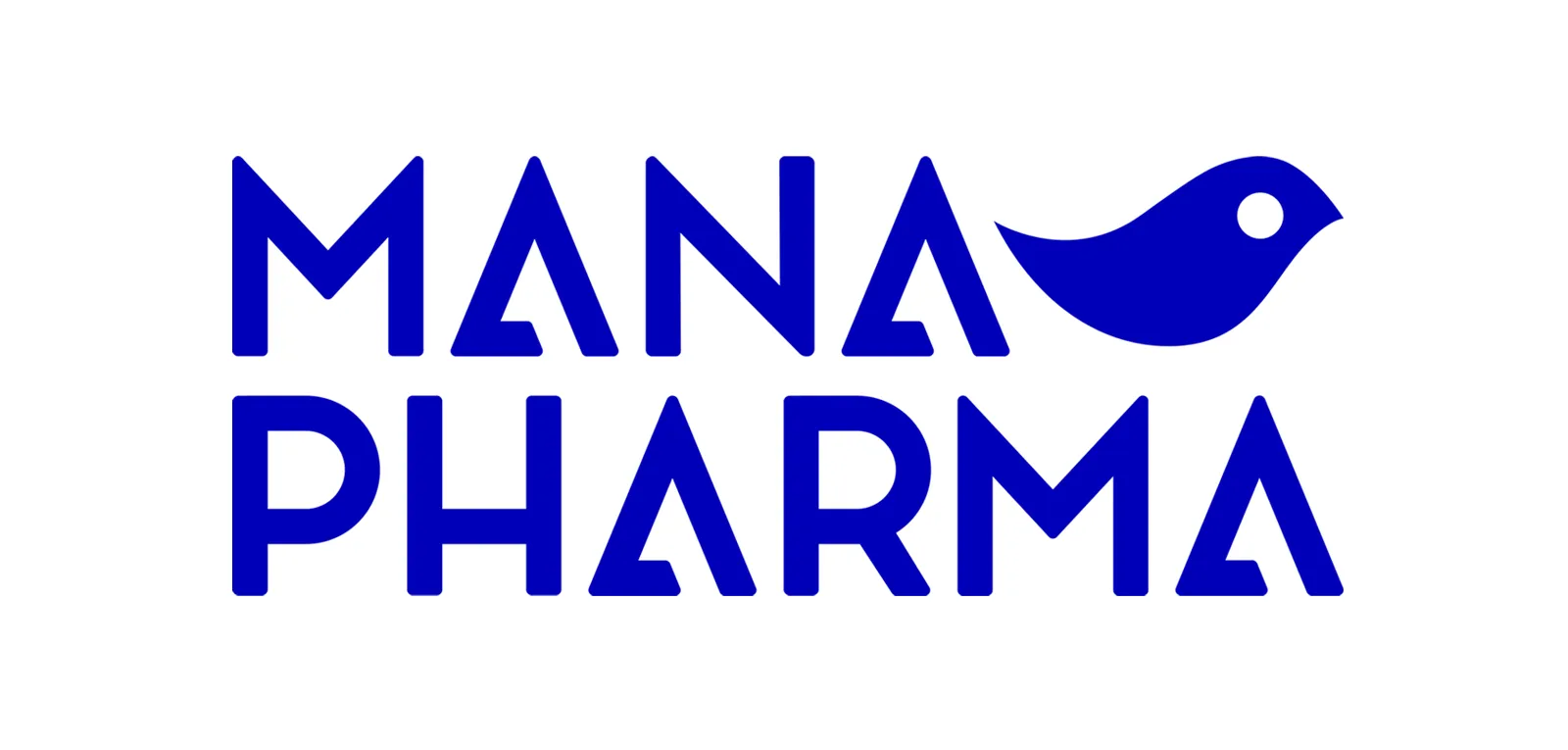1. Regulatory framework in the pharmaceutical sector
The pharmaceutical sector is one of the most complex and regulated markets globally, given the critical nature of its products and the risks associated with their consumption. Medicines are not only essential for the health and well-being of the population but also represent a fundamental pillar of healthcare systems. For this reason, the competent authorities, both national and supranational, exercise rigorous control over the authorisation, manufacture, distribution, advertising and post-marketing surveillance of medicinal products. This regulatory framework seeks to guarantee the safety, efficacy and quality of pharmaceutical products, ensuring the protection of public health.
In the European Union (EU), the pharmaceutical industry also faces a particularly complex reality marked by differences in the health and economic systems of the various Member States. Despite the creation of a single market at the end of the 20th century, significant differences between markets persist today.
For this reason, a comprehensive legislative reform has been given the green light over the last few years which, if it can effectively remove internal barriers, could define the future of the industry, putting Europe on a par with other global competitors.
2. Chronology of the main legislative milestones defining the pharmaceutical sector in the EU
| Year | Standard |
| 1965 | Treaty on the Functioning of the European Union (TFEU). Creation of the first marketing standards for medicines in the EU. |
| 1975 | First Directive 75/318/EEC. It lays down requirements for clinical and technical documentation for medicinal products. |
| 1993 | Creation of the European Medicines Agency (EMA). With the aim of centralising the evaluation of medicinal products. |
| 1995 | Introduction of the Mutual Recognition Procedure. Allows the authorisation of medicinal products in several Member States based on an initial assessment in one of them. |
| 2001 | Directive 2001/83/EC on medicinal products for human use. It lays down detailed requirements for the marketing authorisation of medicinal products for human use and a common framework for pharmacovigilance. |
| 2004 | Regulation (EC) No 726/2004. Introduction of the centralised procedure for the authorisation of medicinal products. |
| 2000 | Regulation (EC) No 141/2000 on Orphan Medicinal Products. Promotion of research and development of medicinal products for rare diseases. |
| 2007 | Regulation (EC) No 1901/2006 on medicinal products for paediatric use. Incentives for the development of medicinal products specifically for children. |
| 2011 | Directive 2011/62/EU (Falsified Medicinal Products). Strict measures to prevent the counterfeiting of medicinal products. |
| 2012 | Regulation (EU) No 1027/2012. It strengthens pharmacovigilance and transparency in the risk assessment of medicinal products. |
| 2014 | EU pharmaceutical strategy. A more coherent approach for the pharmaceutical industry is established. |
| 2017 | Regulation (EU) 2017/745 on medical devices. It introduces stricter standards for the safety and efficacy of medical devices. |
| 2019 | Regulation (EU) 2019/6 on veterinary medicinal products. It modernises the legislation on veterinary medicinal products in the EU. |
| 2020 | Proposed Reform of EU Pharmaceutical Legislation. The European Commission begins to propose major reforms. |
| 2021 | Pharmaceutical Strategy for Europe. Presented by the European Commission, it aims to ensure access to affordable medicines and promote innovation. |
| 2023 | Approval of the partial reform of the legislation. Some amendments, such as the acceleration of authorisation procedures, have already been adopted. |
3. The need for a comprehensive reform
While it is true that for many years the current legislative framework has proven to be effective in many aspects, it is now outdated and unable to adapt to the needs of a changing and competitive market.
One of the main problems is unequal access to medicines between member states. Despite having a unified market, countries with weaker economies or less well-funded health systems often face delays in the availability of innovative medicines. In addition, authorisation processes are often slow and bureaucratic in general, especially for innovative medicines or medicines for rare diseases. This not only delays patients’ access to advanced therapies but can also discourage investment in research and development (R&D) in Europe.
Another significant challenge is the lack of adequate incentives for innovation in critical areas, such as rare diseases, antimicrobial resistance or paediatric medicines. Although specific regulations exist, such as the Orphan Drug Regulation, current incentives are considered insufficient to encourage research in these areas of high medical need. On the other hand, intellectual property protection in the EU is not always globally competitive compared to other markets, which may lead to brain drain and investment in other regions. On top of this, the problem of counterfeit medicines remains a serious threat to public health, despite the measures already in place.
Finally, the current legislative framework is not adapted to technological advances and environmental challenges. The rapid evolution of advanced therapies, such as gene and cell therapies and the use of artificial intelligence in drug development, require regulatory updating in order not to limit their potential. In addition, legislation does not sufficiently address the environmental impact of medicines production and disposal, which contributes to problems such as antimicrobial resistance and contamination of ecosystems.
4. The main changes that the legislative reform will introduce
Against this backdrop, the European Commission launched a legislative modernisation process in 2023 with the aim of adapting the regulatory framework to the current challenges of the pharmaceutical sector. This proposal is structured around two main pillars: improving the availability and accessibility of medicines and increasing the competitiveness and innovation of the sector.
The main changes to be introduced by the legislative reform are as follows:
- Creation of a single market for medicinal products: The reform seeks to remove barriers that fragment the pharmaceutical market in the EU by facilitating the movement of medicines between Member States. This includes harmonising regulations and procedures to reduce regulatory differences between countries.
- Reduction of administrative burden: Simplification of bureaucratic procedures for the authorisation and marketing of medicines, especially for those addressing unmet medical needs.
- Ensuring better access to affordable medicines: Implementation of measures to reduce inequalities in access to medicines between Member States, especially in countries with weaker economies.
- Addressing medicine shortages: Creating mechanisms to prevent and manage shortages, such as strategic stockpiles and early warning systems.
- Ensuring security of supply: Increased transparency in the supply chain and coordination between Member States to avoid disruptions.
- Fostering innovation and competitiveness: Introduction of incentives for drug research and development in critical areas such as rare diseases, paediatric medicines and antimicrobial resistance.
- Making medicines more sustainable: Implementation of greener practices in the production, use and disposal of medicines, aligned with the objectives of the European Green Deal.
- Reducing antimicrobial resistance: Promoting the development of new antibiotics and measures to prevent overuse of antimicrobials
- Better reporting on public funding: Greater transparency in the use of public funds for medicines development, ensuring that resources are used efficiently and equitably.
Mana Pharma S.L., Legal Department







